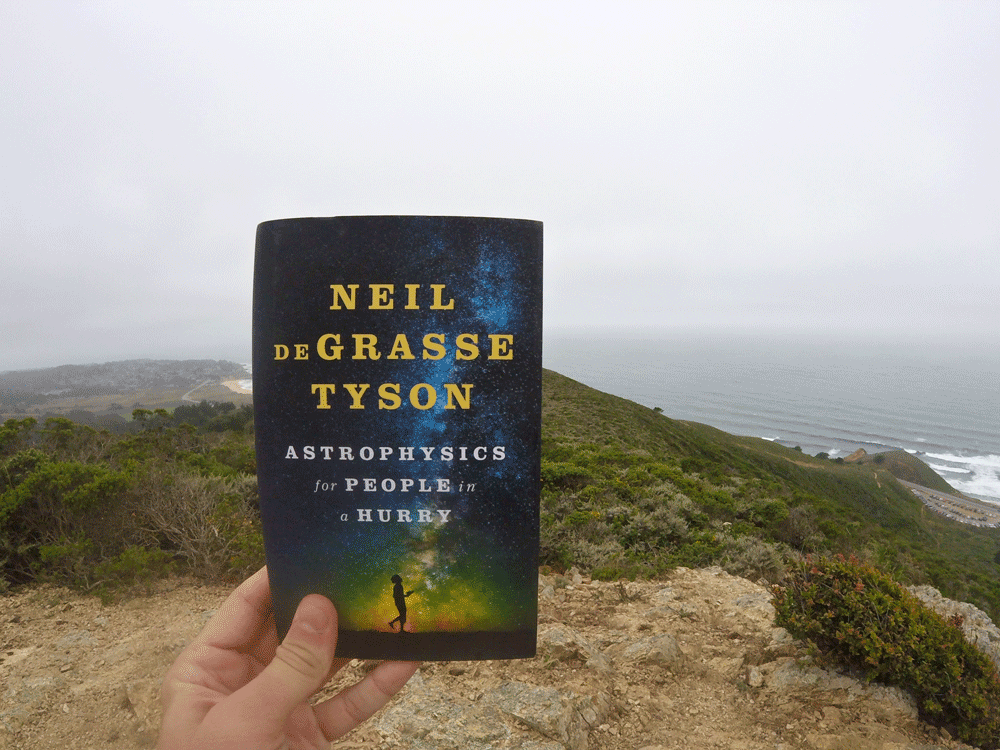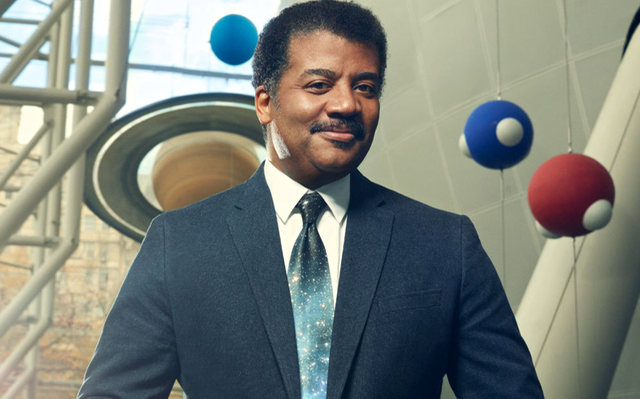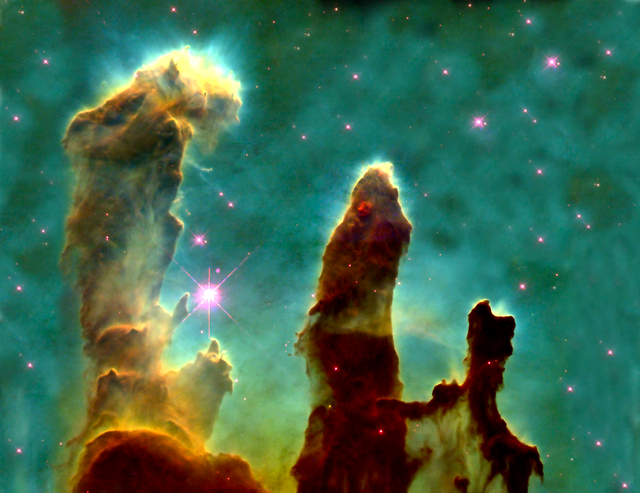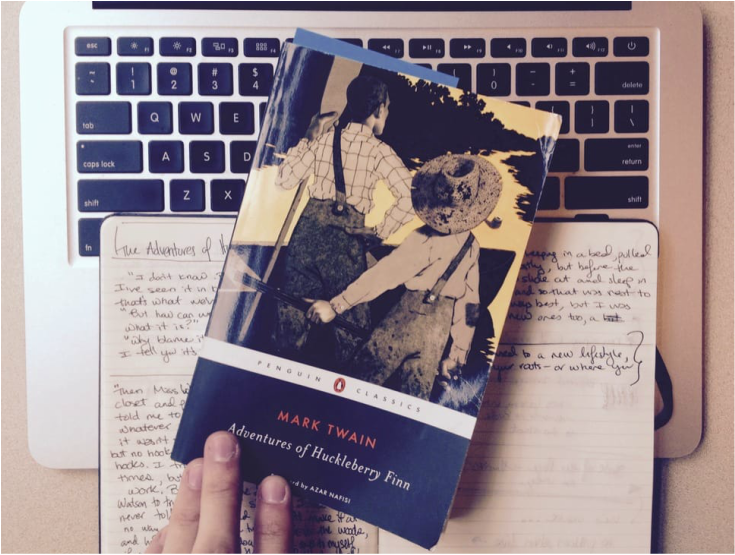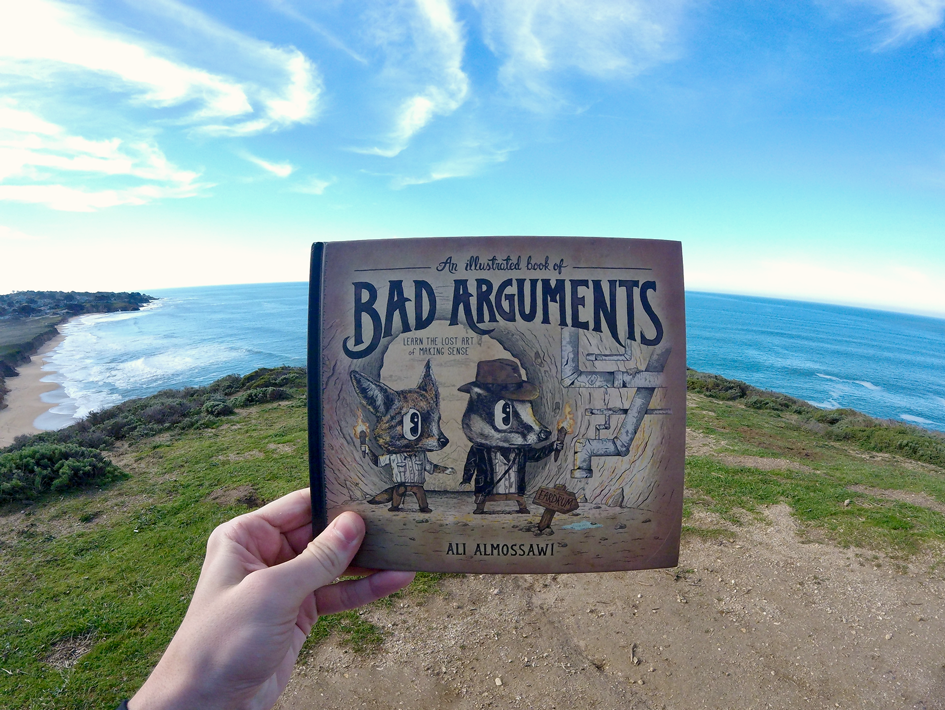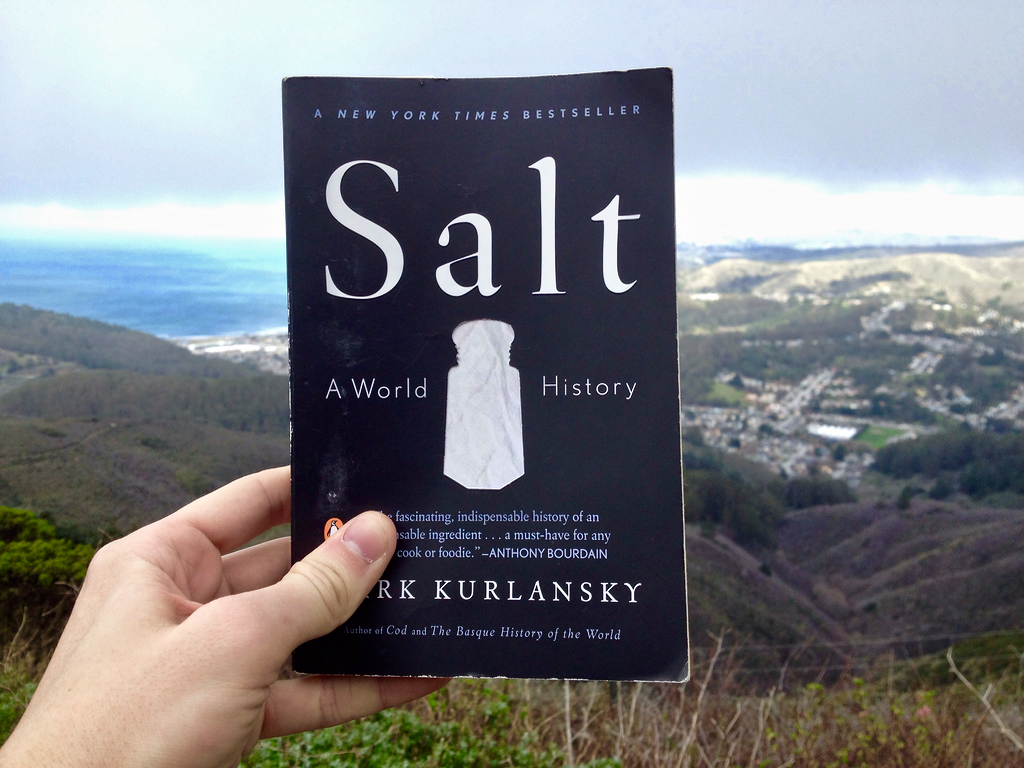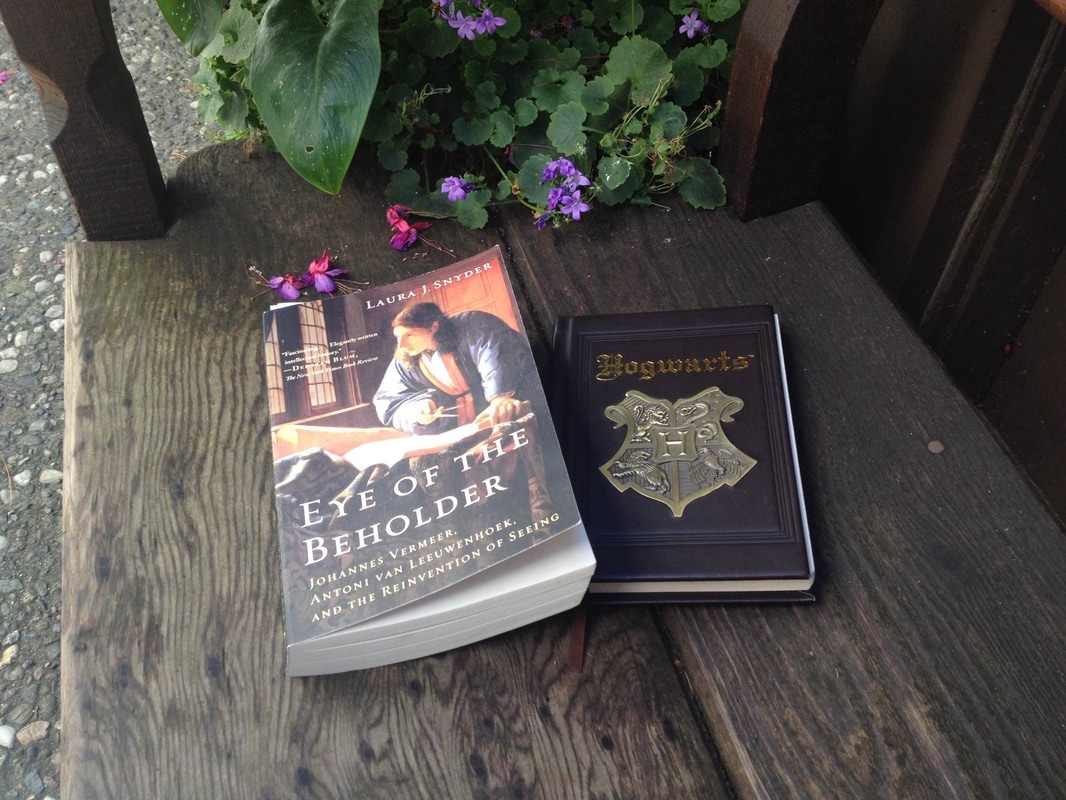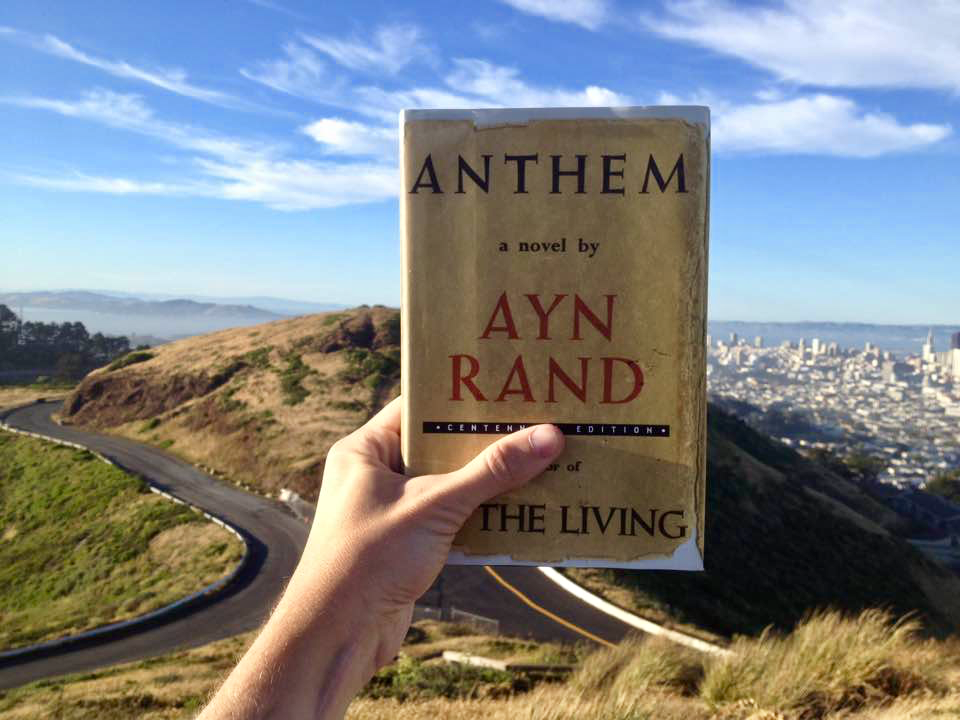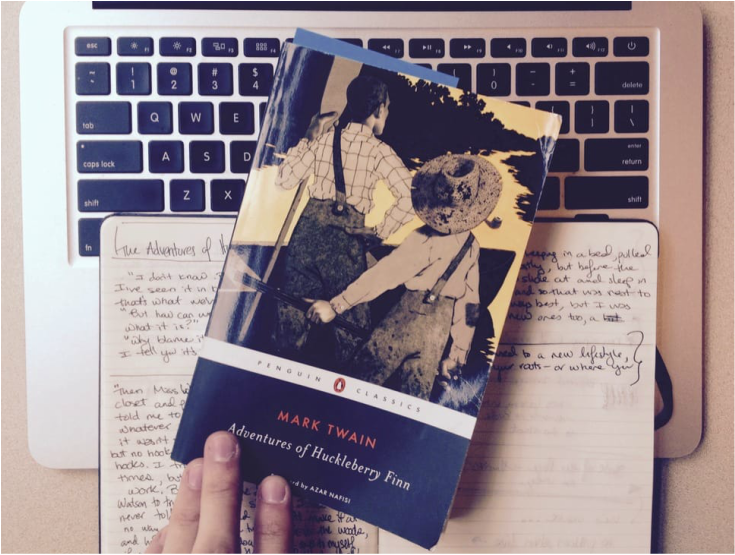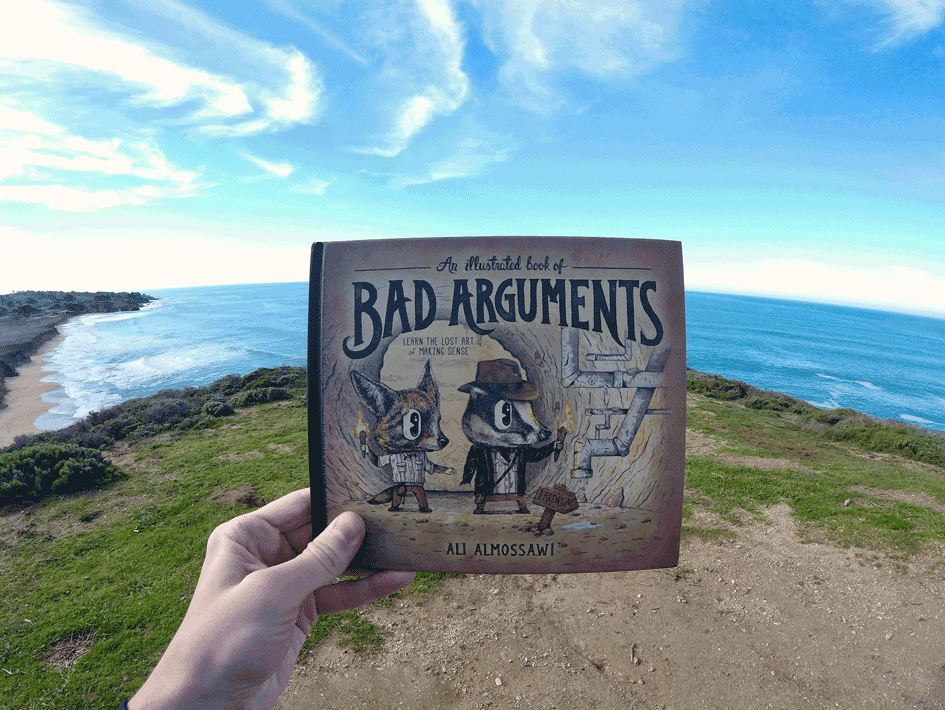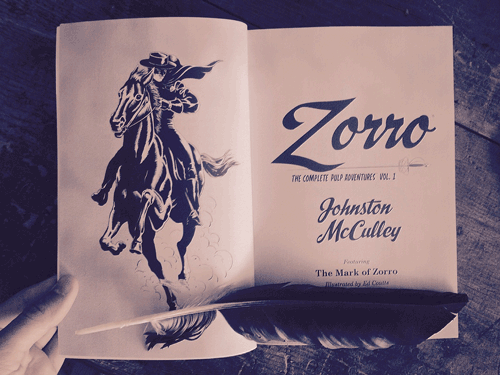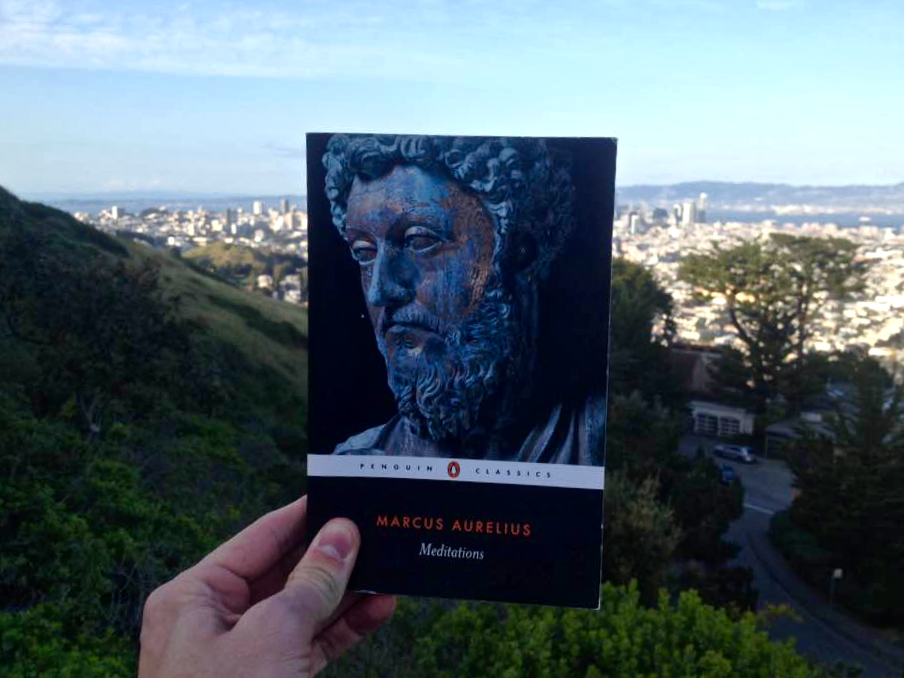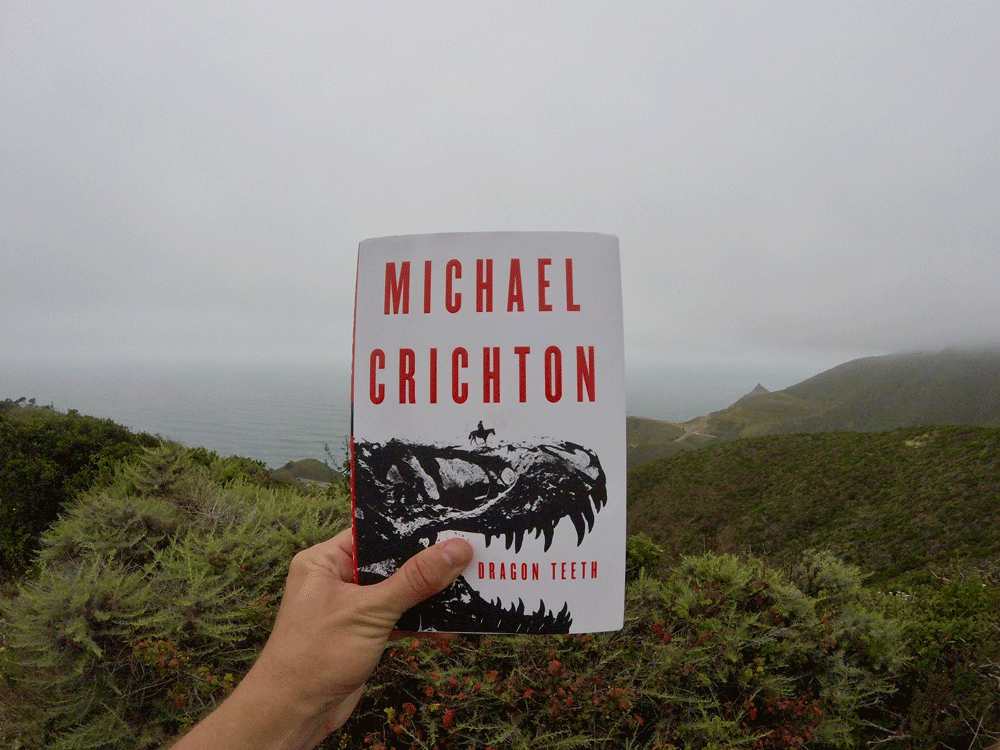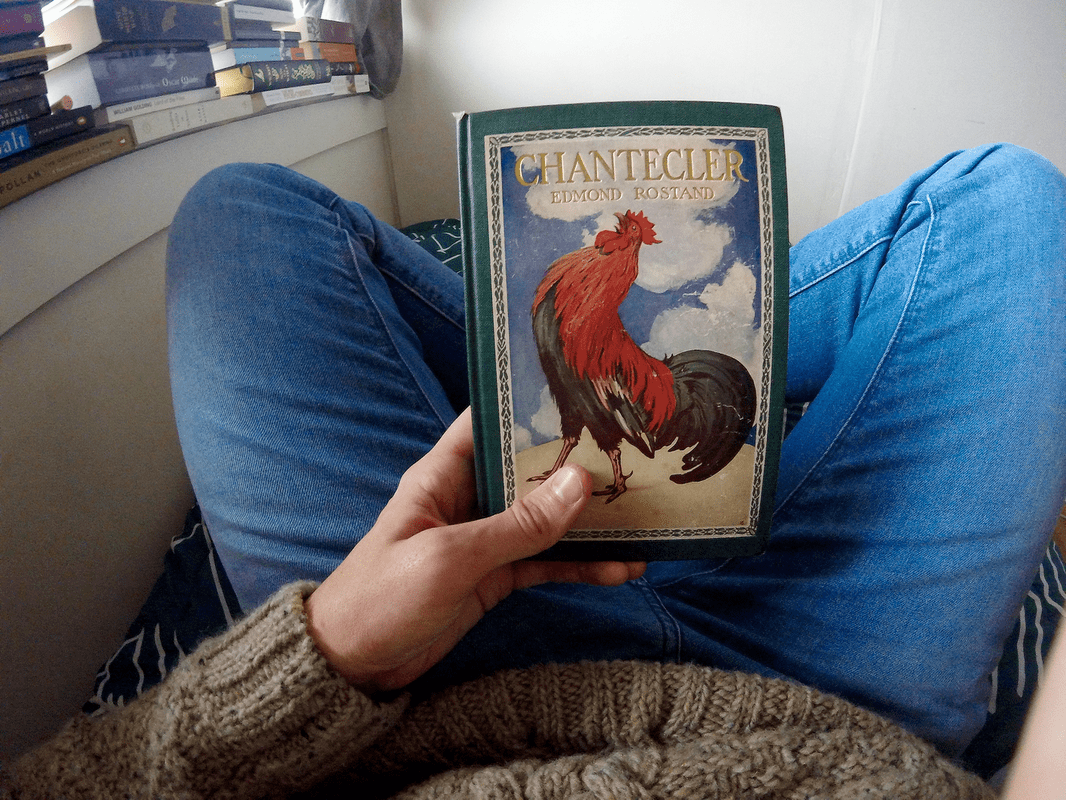" For all those who are too busy
to read fat books yet nonetheless
seek a conduit to the cosmos. "
In Astrophysics for People in a Hurry, Neil DeGrasse Tyson brings the universe down to earth. Composed of twelve brief, clear, and witty chapters, he explores Einstein's "badass" theory of relativity, recounts the first milliseconds—and then proceeding 800 million years—of the the Big Bang, offers an update the search for life in the universe, and much more.
WHY I LOVE IT
Whether waiting for my favorite blend of Hawaiian coffee to brew, catching the 8:00 BART to work, or snuggling up in my preferred chair at UCSF library, I couldn't put down Astrophysics. It's approachable, fascinating, and funny. I was never a math/science kind of student, and my reading diet leans pretty hard toward history and the classics, but Tyson's convinced me that understanding quarks, black holes, stardust illuminates our own humanity. [JG]
ABOUT THE AUTHOR
Neil DeGrasse Tyson is an astrophysicist with the American Museum of Natural History, director of its world-famous Hayden Planetarium, host of the hit radio and TV show StarTalk, and an author of three other science books. He lives in New York City.
FAVORITE QUOTES
3. "Our search for life in the universe drives the search for exoplanets, some of which resemble Earth—not in detail, of course, but in overall properties. Latest estimates, extrapolating from the current catalogs, suggest as many as forty billion Earth-like planets in the Milky Way alone. Those are the planets our descendants might want to visit someday, by choice, if not by necessity."
2. "When first proposed, most scientific models are only half-baked, leaving wiggle room to adjust parameters for a better fit to the known universe. In the Sun-based "heliocentric" universe, conceived by the sixteenth-century mathematician Nicolaus Copernicus, planet orbited in perfect circles. The orbit-the-Sun part was correct, and a major advance on the Earth-based "geocentric" universe, but the perfect-circle part turned out to be a bit off — all planets orbit the Sun in flattened circles called ellipses, and even that shape is just an approximation of a more complex trajectory. Copernicus's basic idea was correct, and that's what mattered most. It simply required some tweaking to make it more accurate."
1. "We are stardust brought to life, then empowered by the universe to figure itself out—and we have only just begun."
2. "When first proposed, most scientific models are only half-baked, leaving wiggle room to adjust parameters for a better fit to the known universe. In the Sun-based "heliocentric" universe, conceived by the sixteenth-century mathematician Nicolaus Copernicus, planet orbited in perfect circles. The orbit-the-Sun part was correct, and a major advance on the Earth-based "geocentric" universe, but the perfect-circle part turned out to be a bit off — all planets orbit the Sun in flattened circles called ellipses, and even that shape is just an approximation of a more complex trajectory. Copernicus's basic idea was correct, and that's what mattered most. It simply required some tweaking to make it more accurate."
1. "We are stardust brought to life, then empowered by the universe to figure itself out—and we have only just begun."
And therefore as a stranger give it welcome.
There are more things in heaven and earth, Horatio,
Than are dreamt of in your philosophy.
— Hamlet, Act I, Scene V
YOU MAY ALSO LIKE
| AN ILLUSTRATED BOOK OF BAD ARGUMENTS Ali Almossawi | EYE OF THE BEHOLDER Laura J. Snyder |

